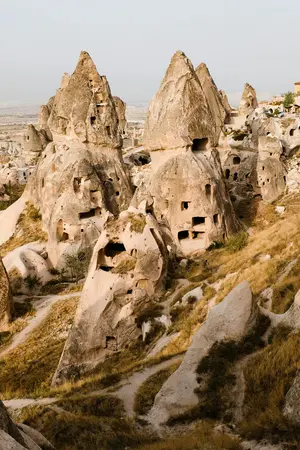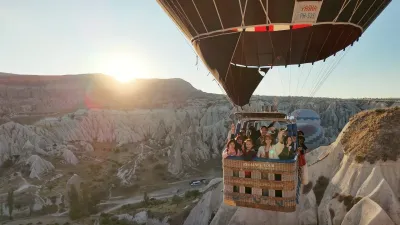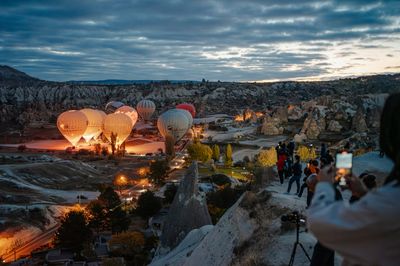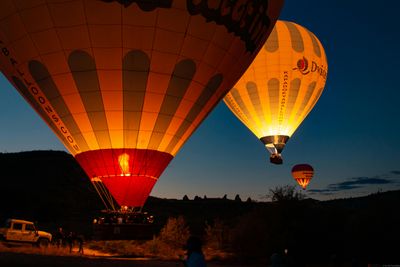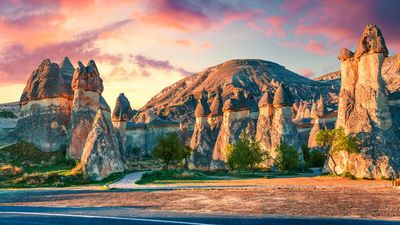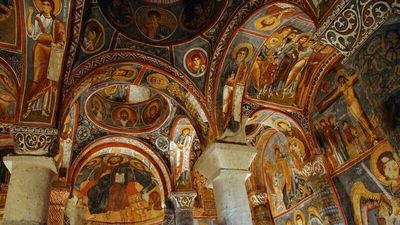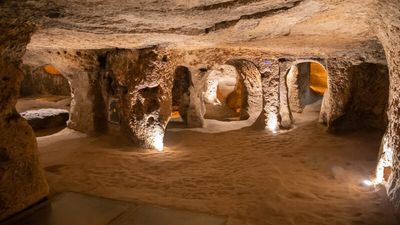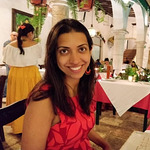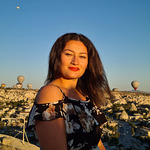
Best of the Bests
Explore Our Top Tours


Explore Cappadocia
Our Amazing
Hot Air Balloon Riding Tours

Most Popular Tour Packages
Our Popular Tours
Most Popular Experiences
Our Popular Experiences



WE ARE IN THE TOP 1% OF TRAVEL AGENCIES IN THE WORLD
We are proud to be in the top 1% of travel agencies and the winner of Tripadvisor "Best of the Bests 2025" by traveller's choice.




Our Story
We're dedicated to make your travel experience best
Reliance Tour Travel Agency established in 2019 by two local Professional Tour Guides in Cappadocia . We are a member of the Association of Turkish Travel Agencies with the license number of ‘11645’ .
Top Travel Agency
We are Honored to provide best Cappadocia tours for more than 2000+ happy travelers.
Quality Service
Enjoy your trip with our professional tour guides and comfortable AC vehicles.






